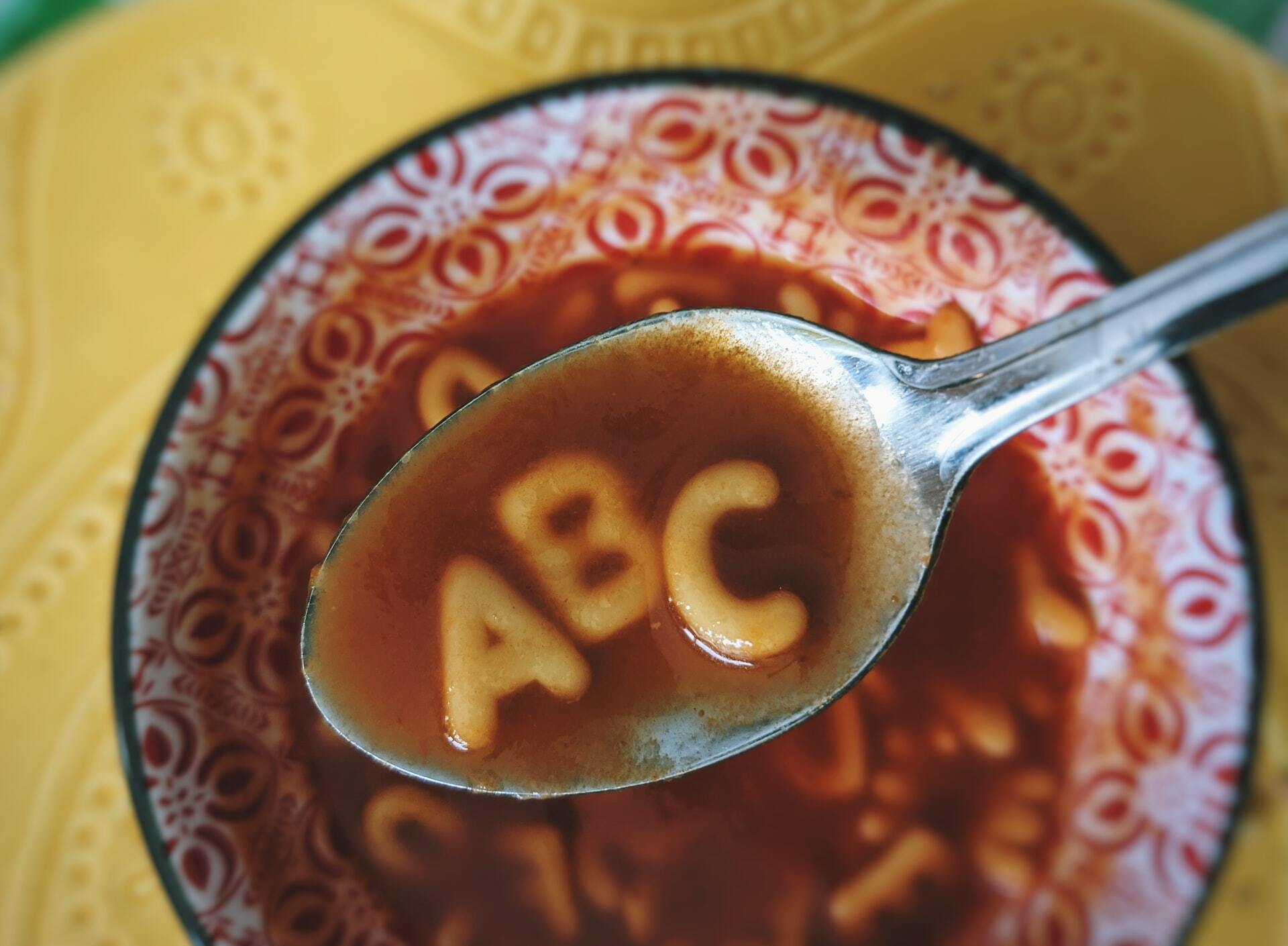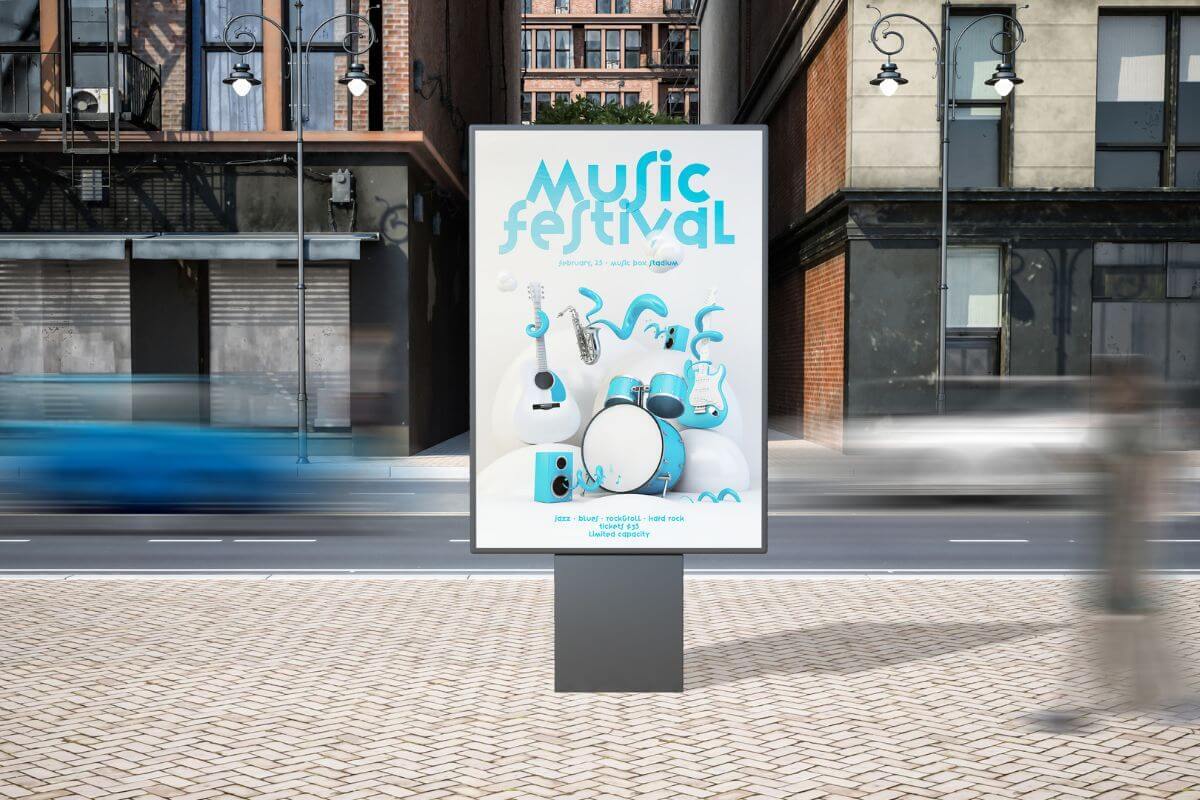The importance of the media mix in advertising
The sheer number of variables at work when multiple channels are used makes efficient use of the media mix hard.
However, successful multi-channel media plans are better able to achieve the reach, frequency and continuity objectives than could be achieved by single media plans.
What is more, smart brands know that the cost of additional reach after a certain reach level has been attained (with any one medium) is expensive. A combination of media is the best way to achieve maximum reach at the minimum cost.
Planning the right media mix for your brand
Did we say we would make the media mix simple? Sorry, that was a little white lie based on the premise that no one would want to read a post entitled: The media mix made complicated. By the way, learn more about media planning in our guide.
It isn’t simple, and to prove that, here are a few of the elements that we consider when we determine the media mix for any one organisation.
Your brand
The ideal media mix will vary depending on your brand, industry, and even your country. By understanding your target audience, you’ll be able to choose their preferred channels and locations for your media mix, helping you reach them when they’re most receptive.
For example, platforms like TikTok and Instagram might be ideal for reaching a younger audience, while television and print are still a powerful way of reaching older demographics.
When we consider your country, cultural nuances will come into play. For example, media preferences can vary significantly, even if the demographic is the same.



